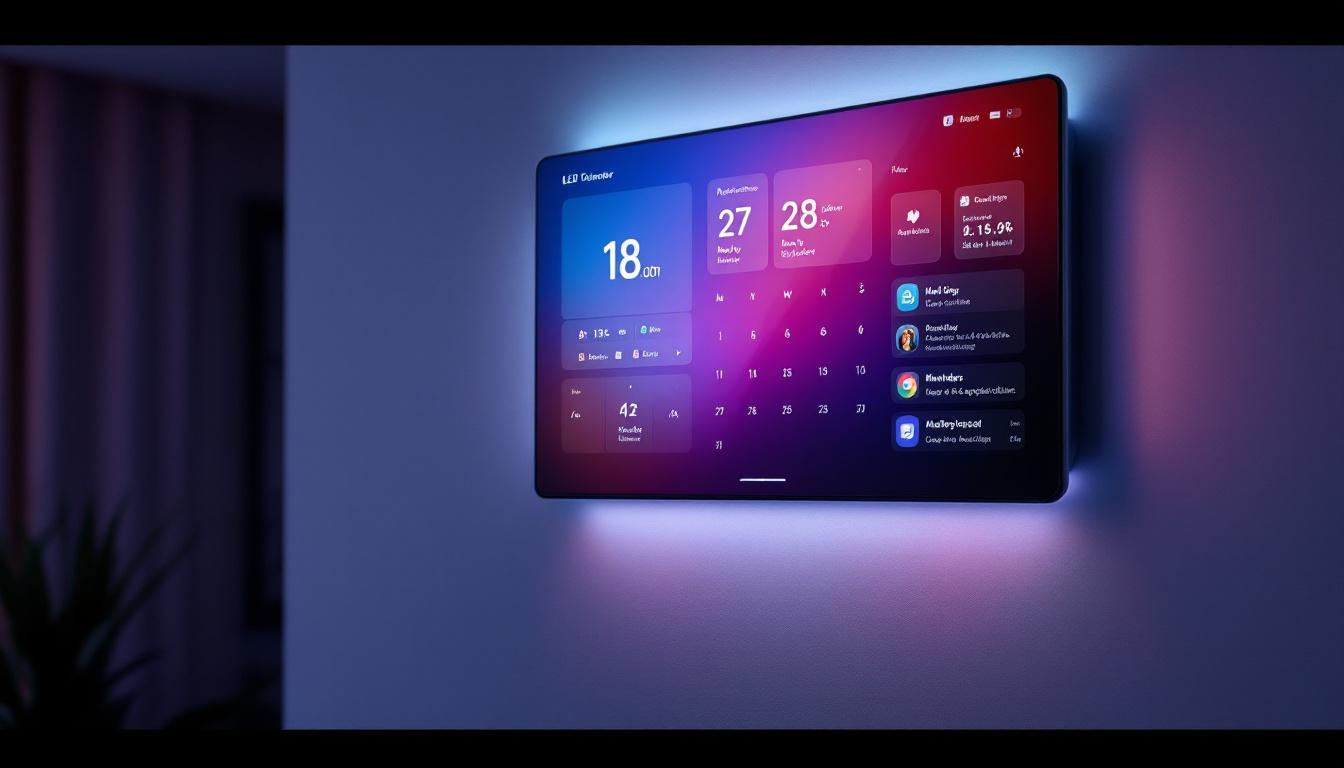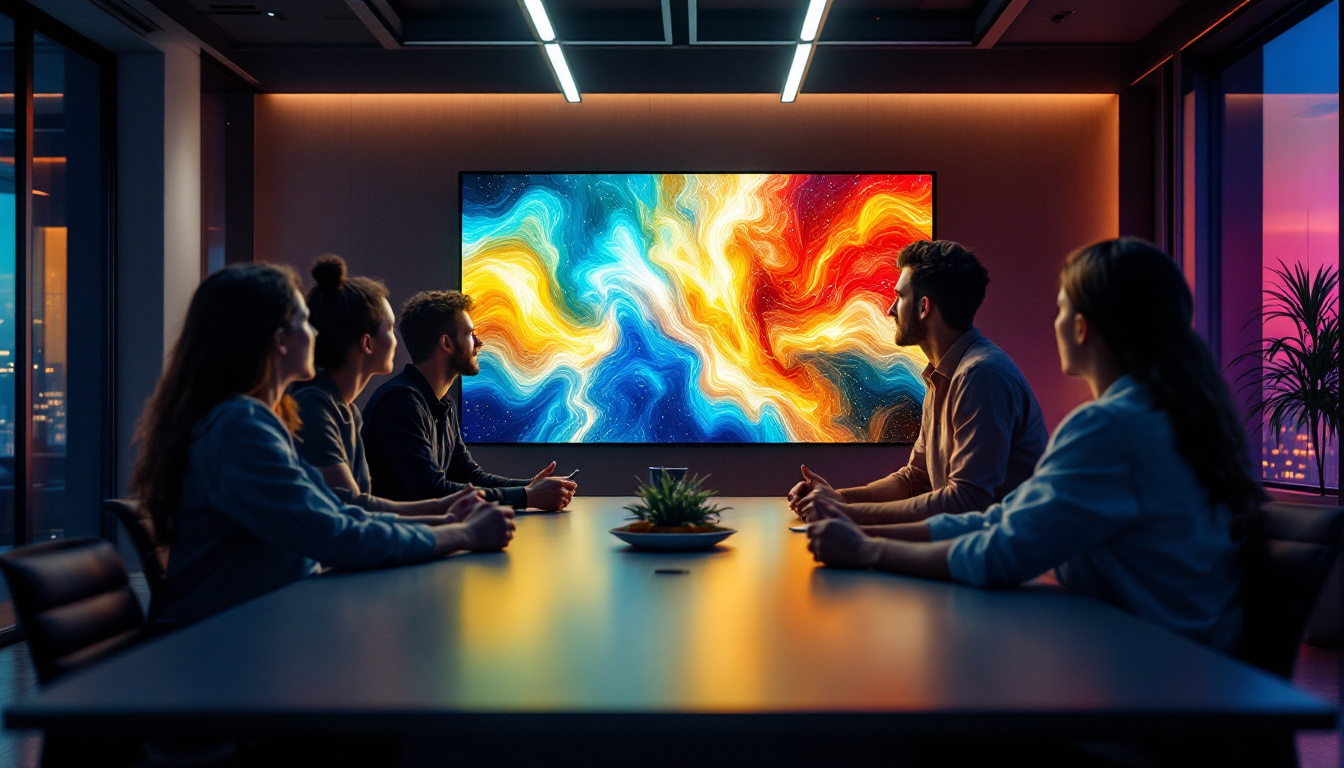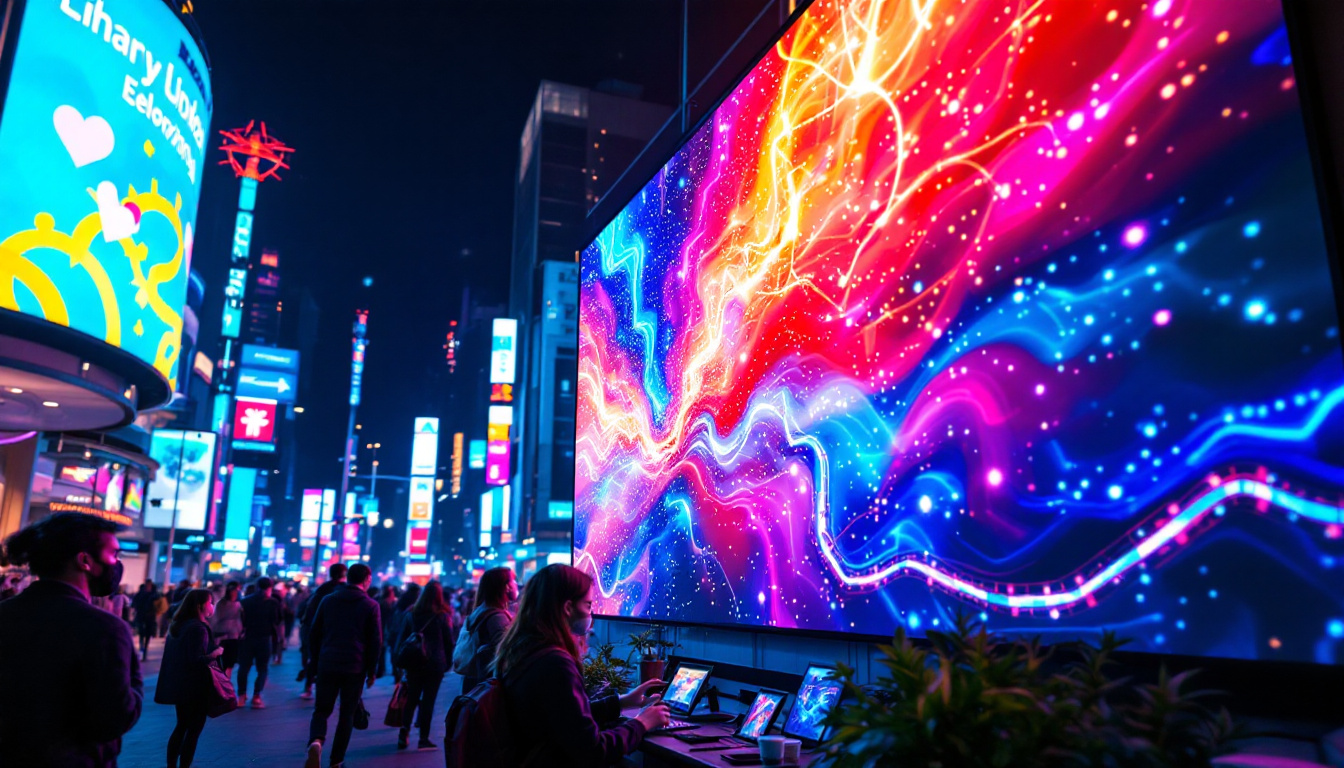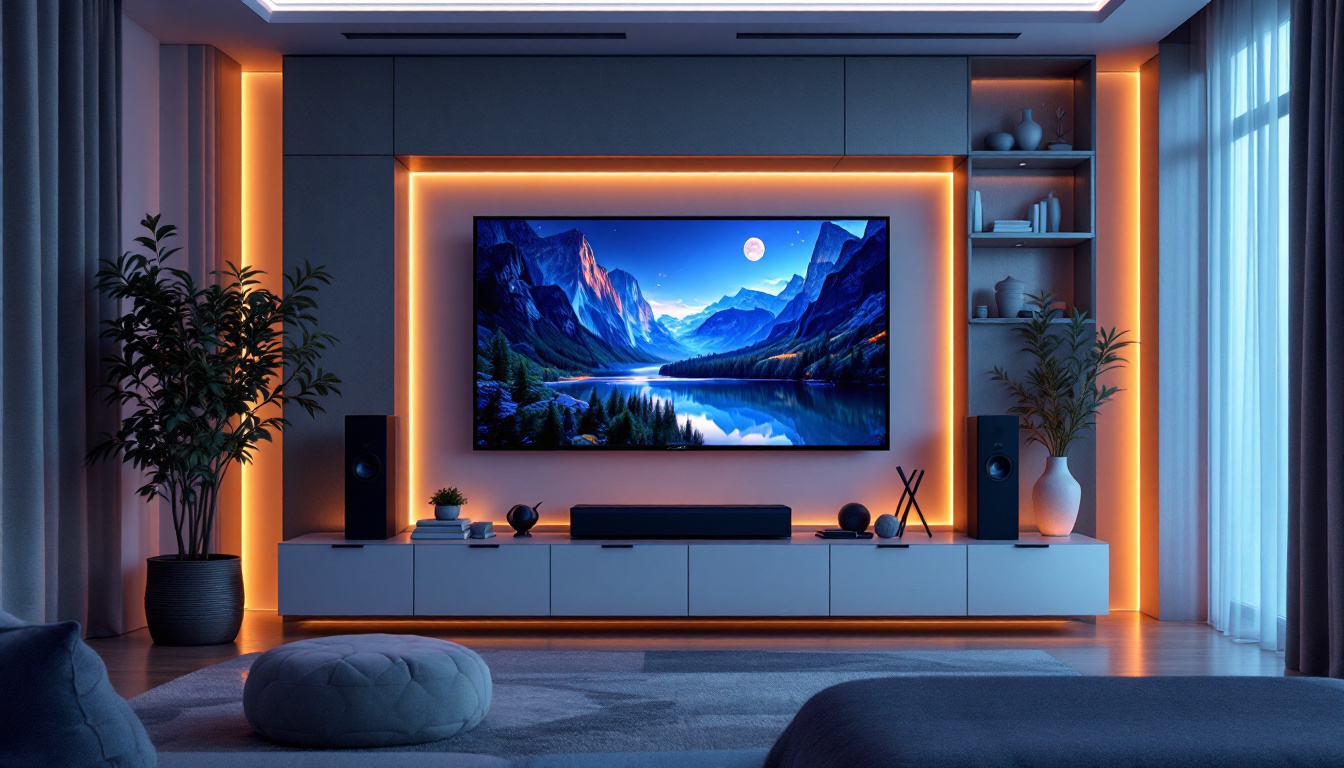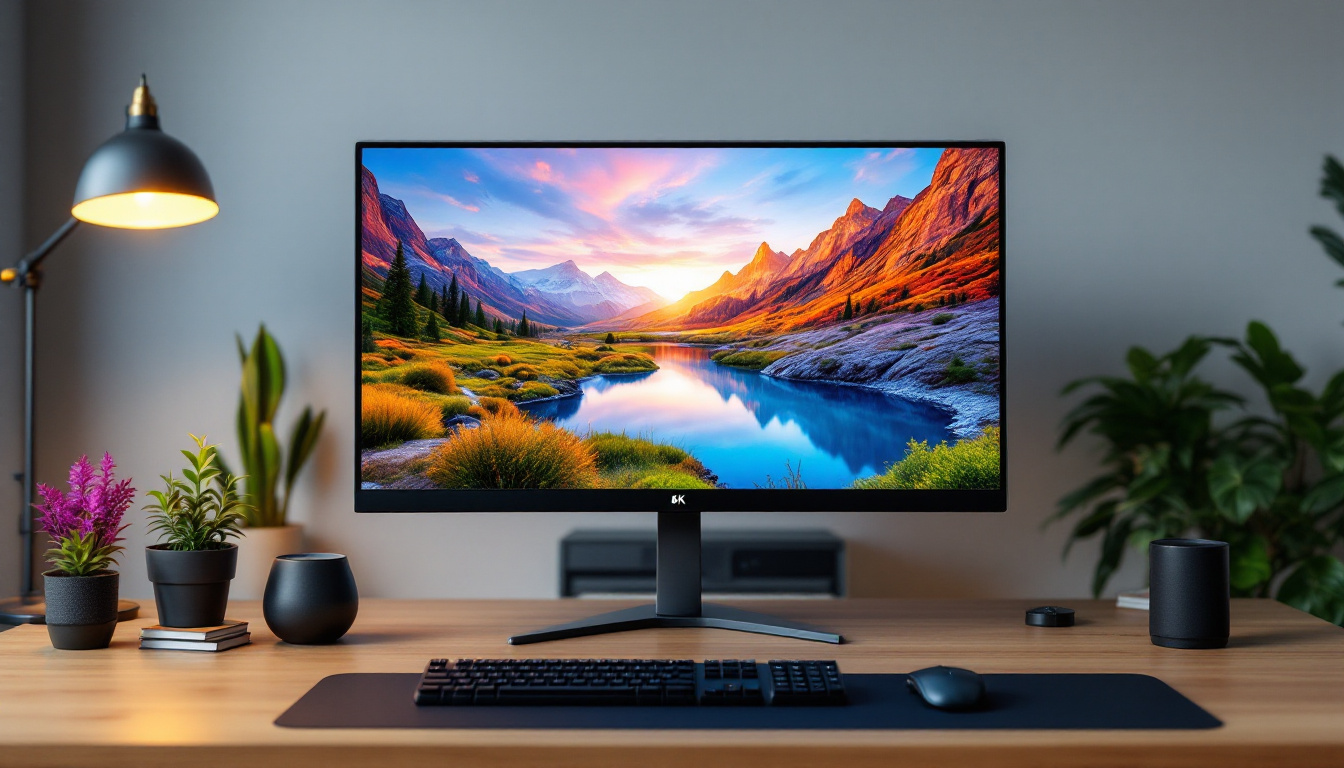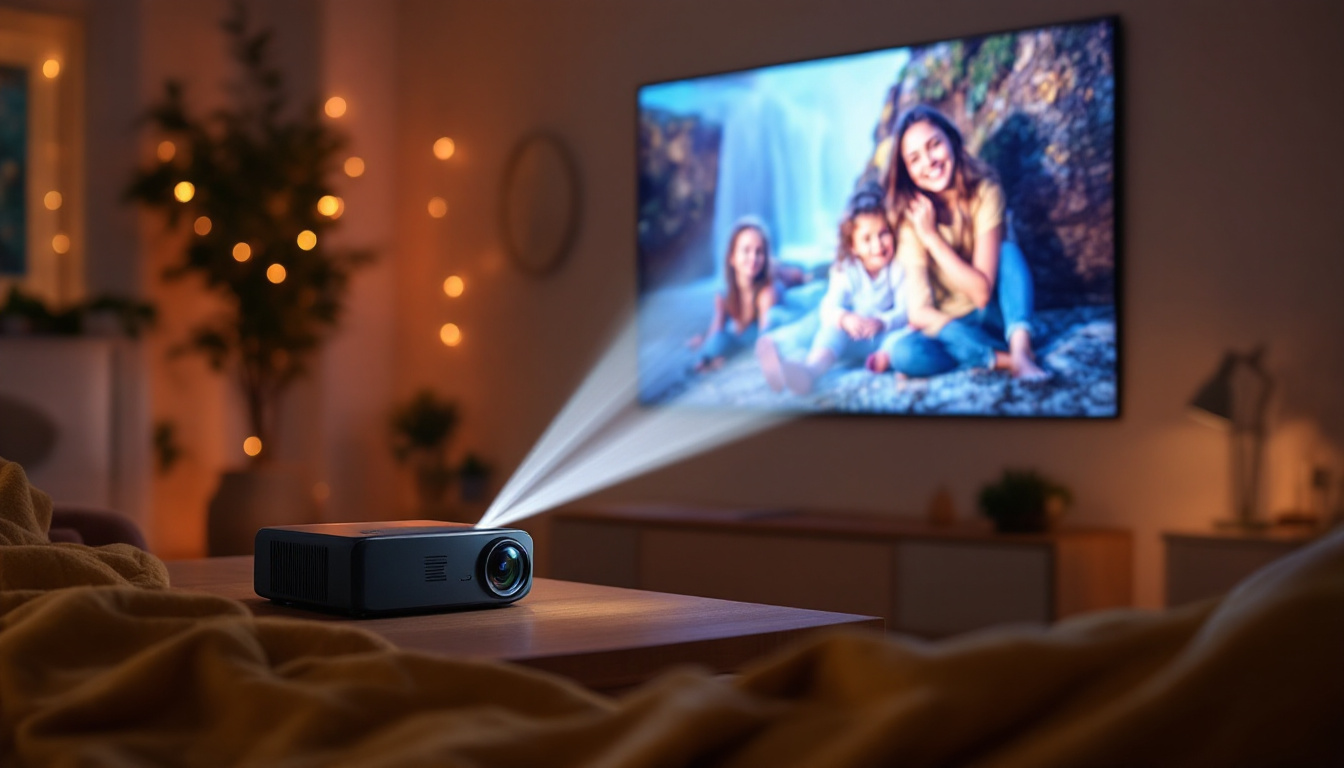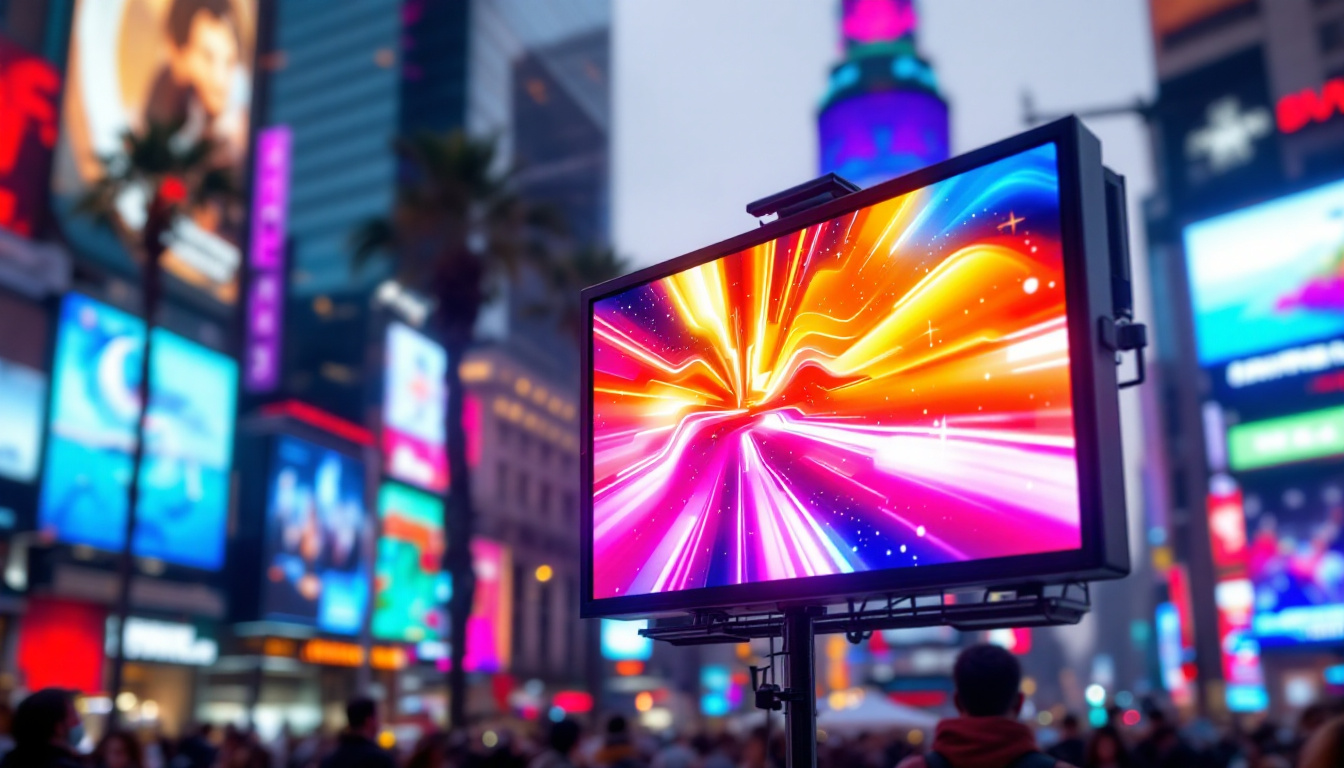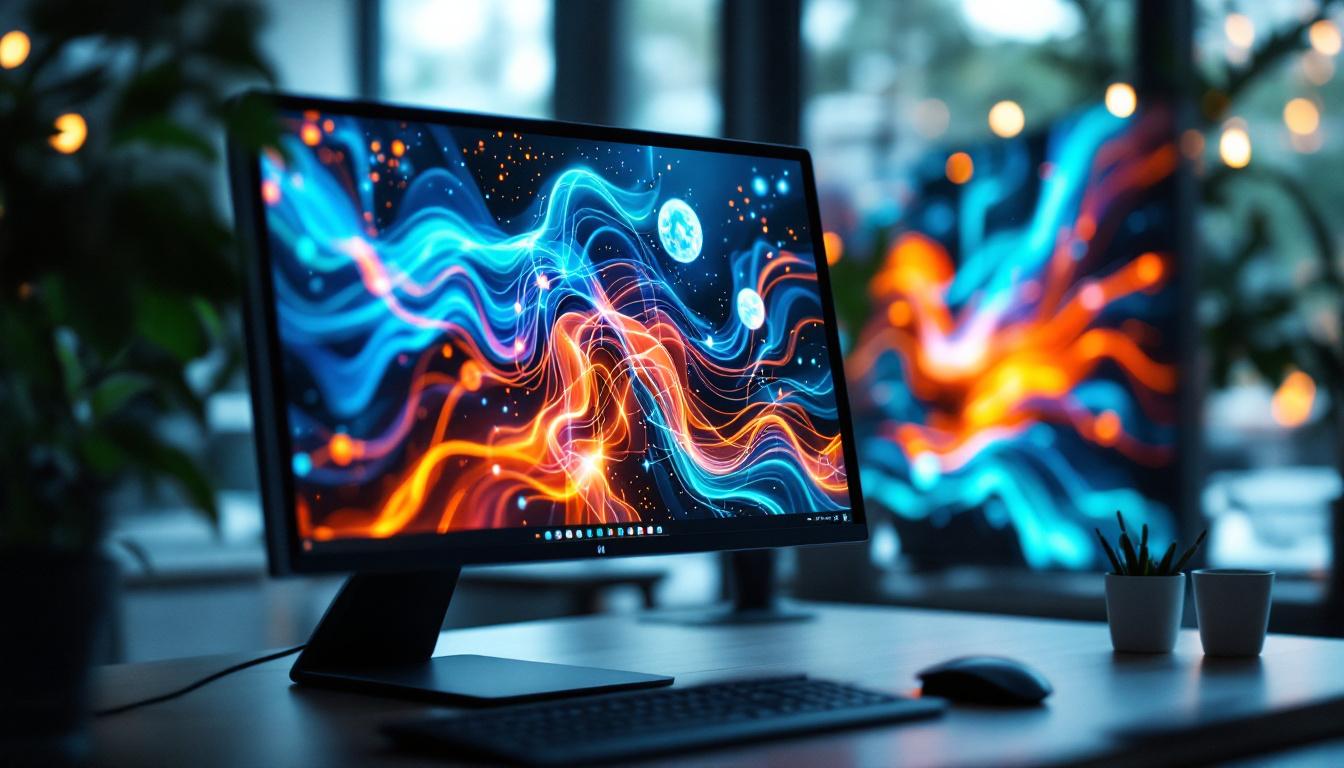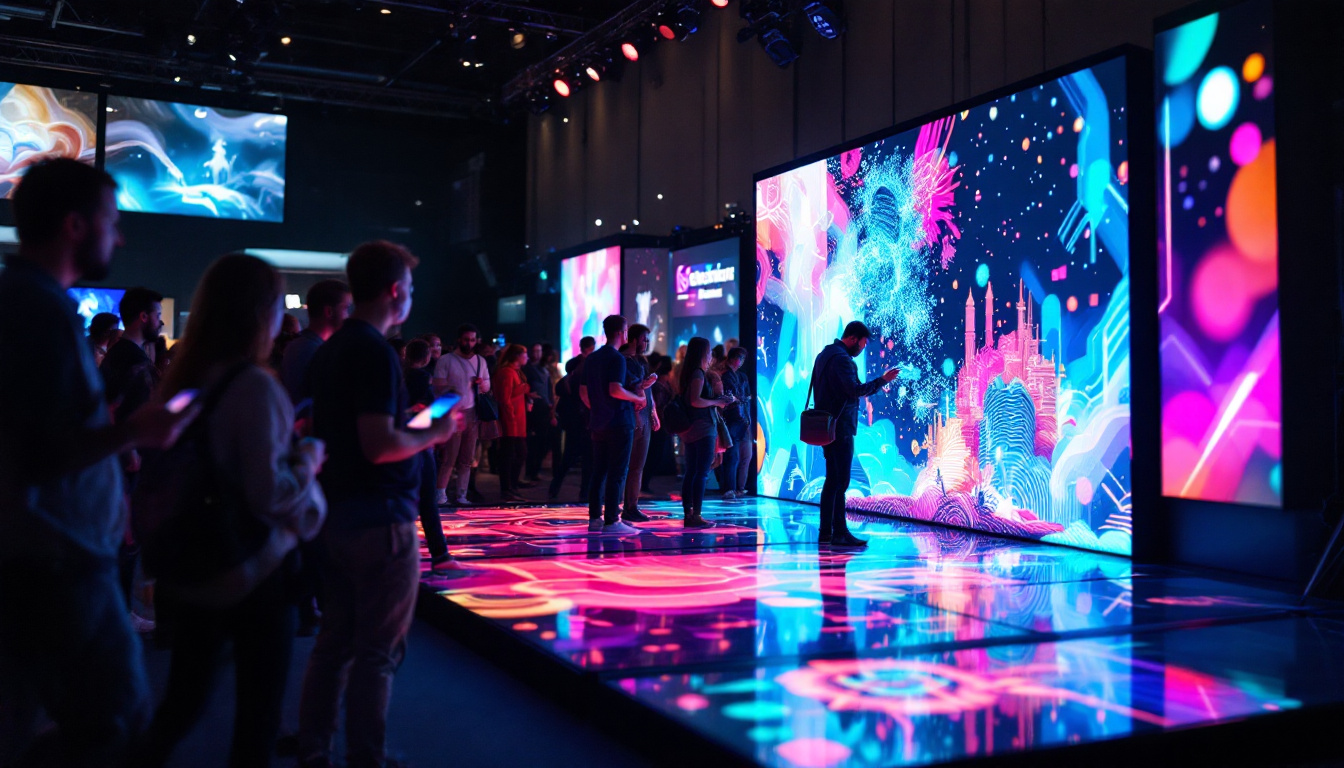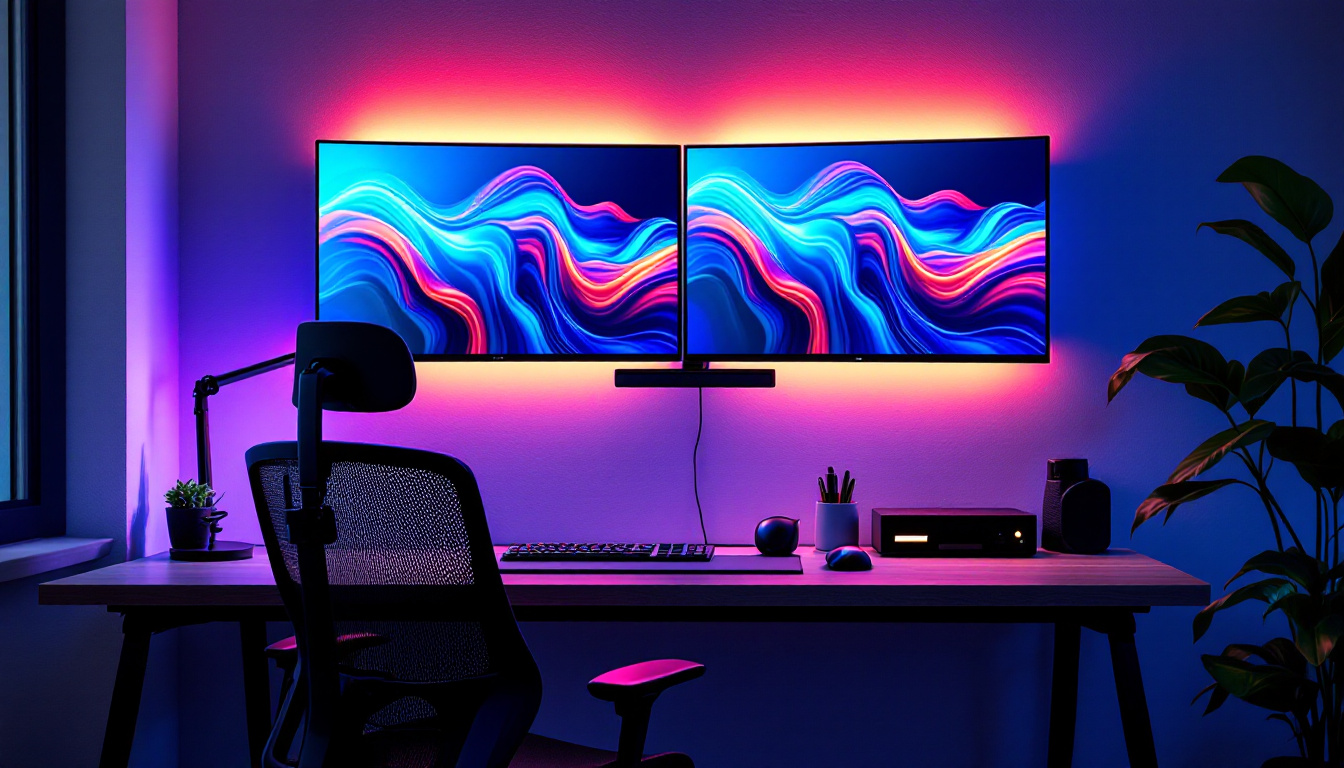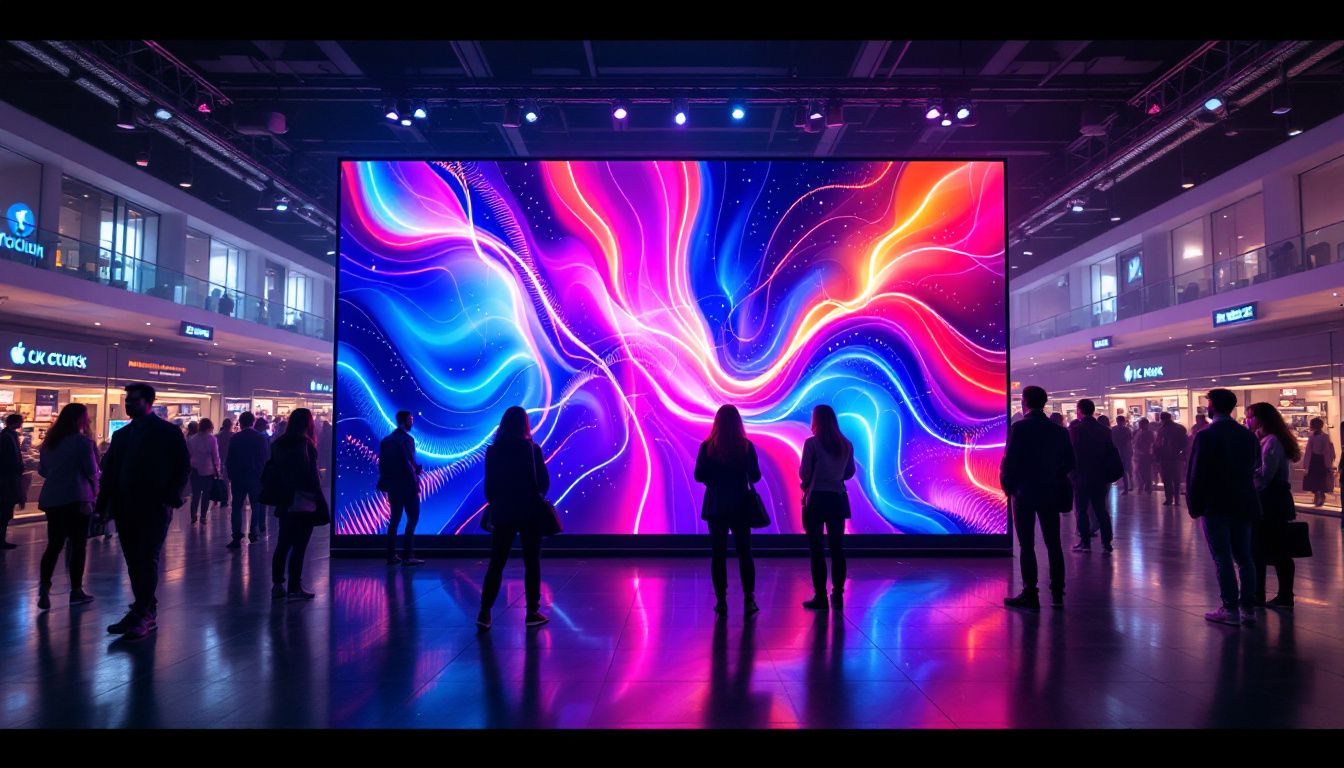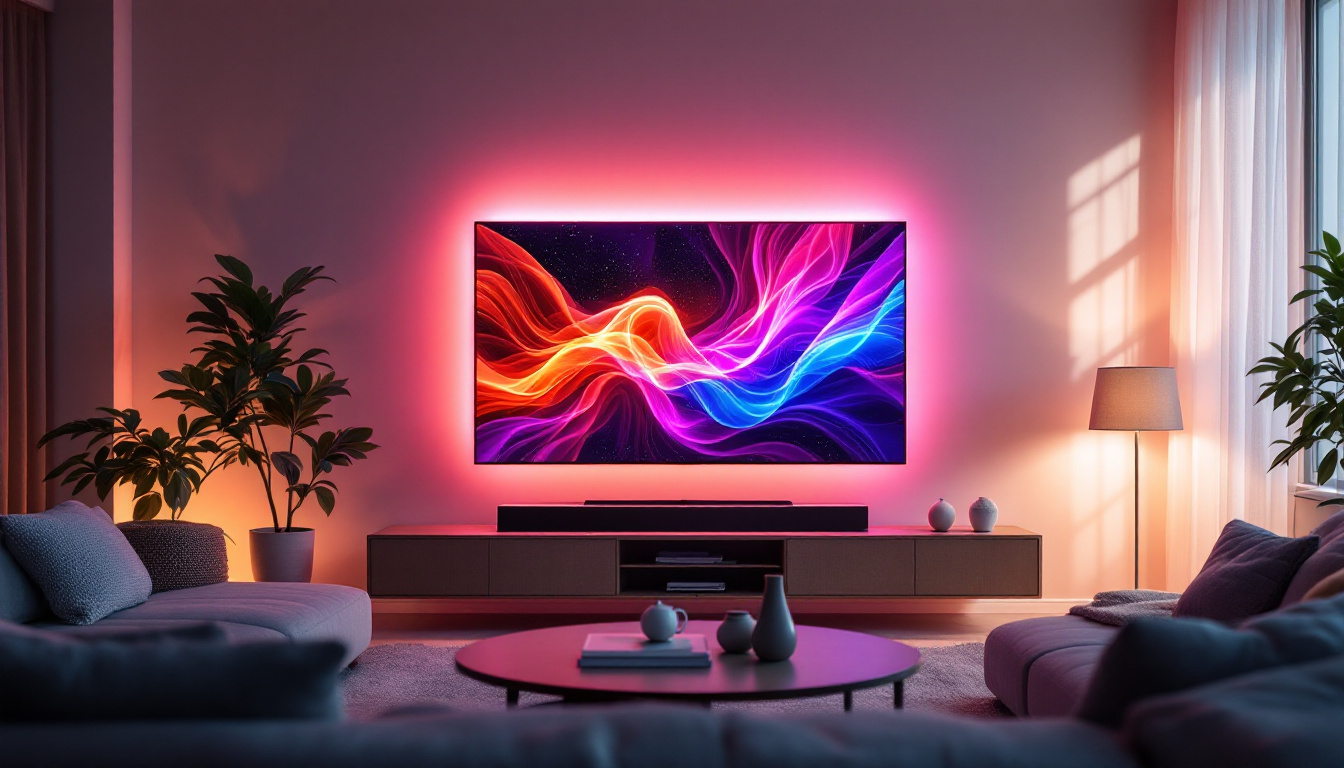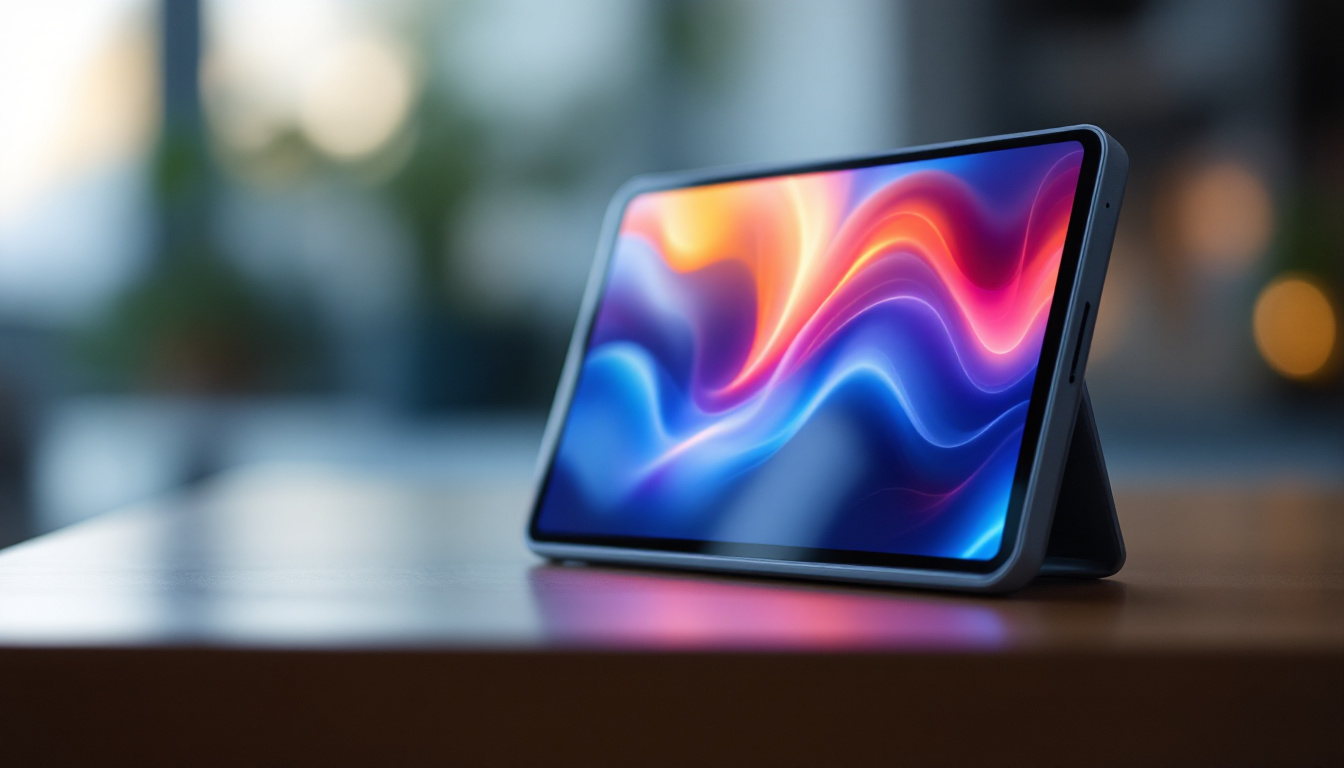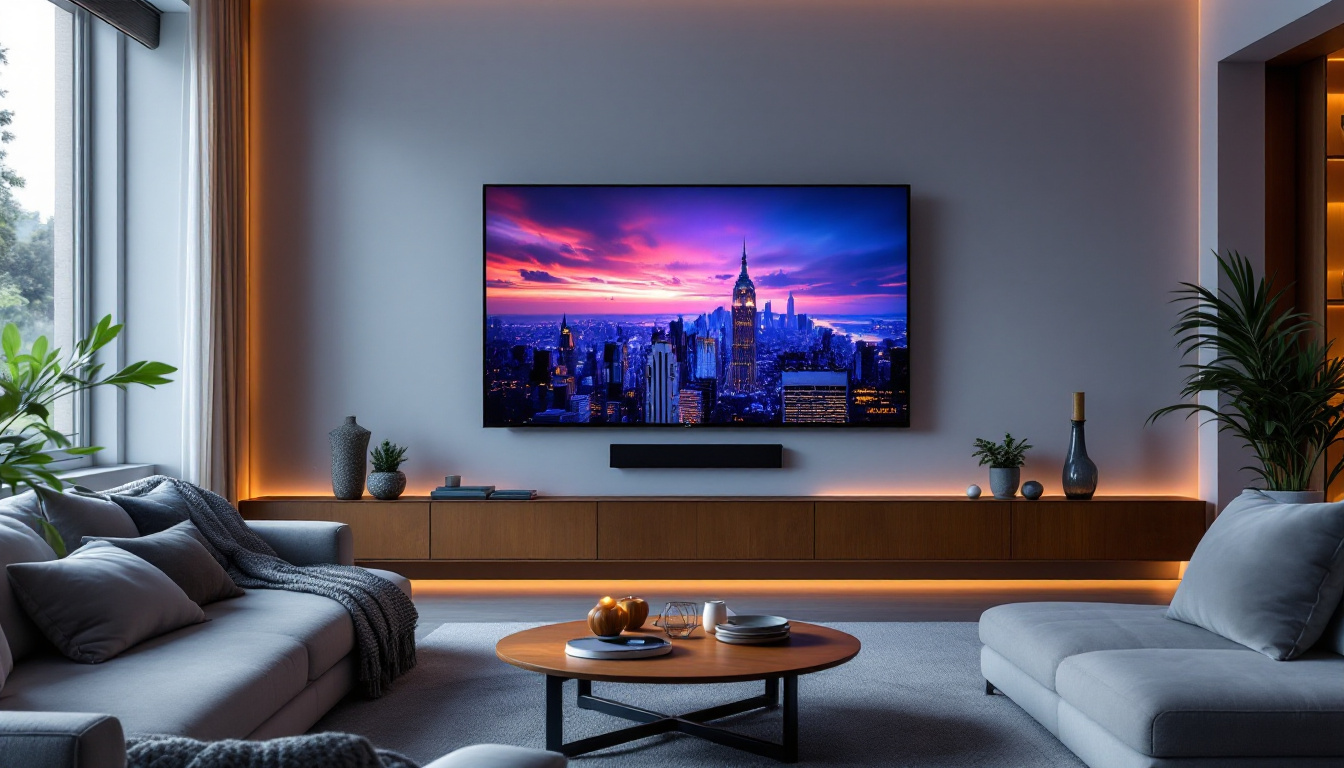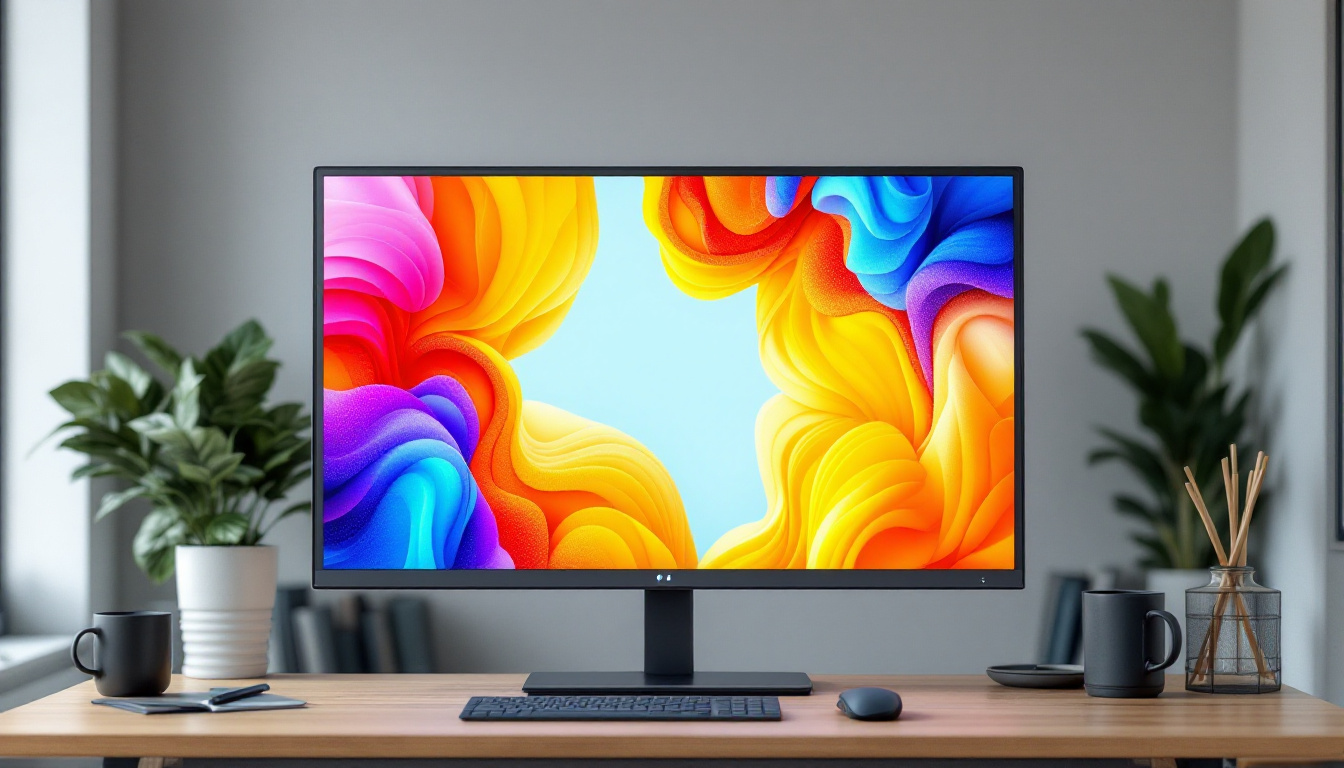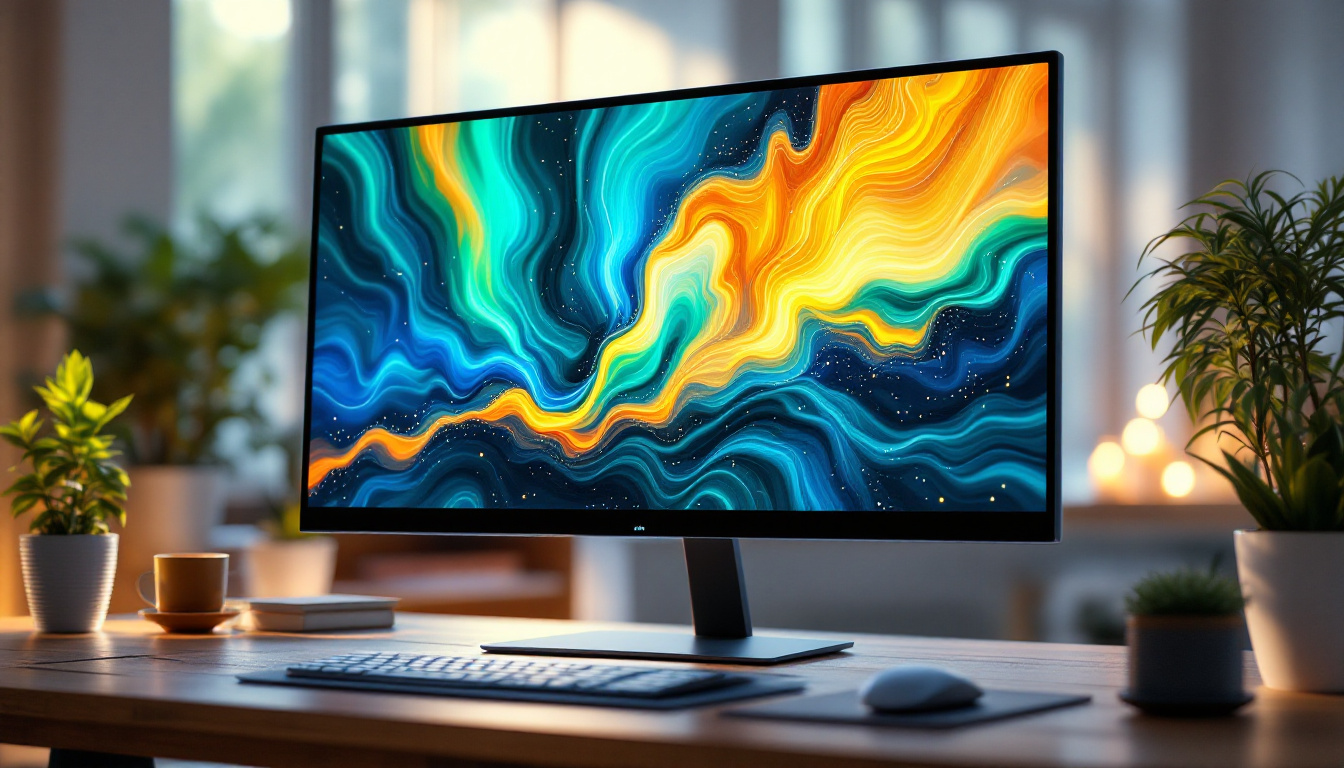In today’s rapidly evolving technological landscape, panel mount touch screens integrated with LED displays have become a cornerstone in industrial automation, medical devices, and consumer electronics. These interfaces combine the tactile responsiveness of touchscreens with the vivid clarity and energy efficiency of LED displays, delivering a seamless user experience. This article delves deep into the fundamentals of panel mount touch screens with LED displays, exploring their technology, applications, advantages, and considerations for selecting the right solution.
Understanding Panel Mount Touch Screens
Panel mount touch screens are specialized input devices designed to be securely installed into a panel or enclosure, providing a compact and durable interface. Unlike traditional monitors or standalone touchscreens, these units are built to withstand harsh environments and continuous use, making them ideal for industrial and commercial applications. Their robust construction often includes features such as ruggedized glass, reinforced frames, and protective coatings that enhance their resilience against impacts, vibrations, and extreme temperatures.
Typically, panel mount touch screens feature a flat front surface that integrates both the display and touch sensor, allowing users to interact directly with the information presented. The touch sensor can be based on several technologies, including resistive, capacitive, infrared, or surface acoustic wave, each with its own strengths and limitations. This direct interaction not only streamlines user experience but also reduces the need for additional input devices, thereby minimizing clutter in operational spaces.
Key Components of Panel Mount Touch Screens
The primary components include the display panel, touch sensor, controller, and mounting hardware. The display panel is often an LED or LCD screen, responsible for rendering images and data. The touch sensor layer detects user input, while the controller processes touch signals and communicates with the host system. Mounting hardware ensures the device is securely fixed to the panel, often featuring IP-rated sealing to protect against dust and moisture. Additionally, many models come equipped with features such as built-in speakers and microphones, allowing for versatile applications in environments where audio feedback or voice commands enhance usability.
Common Touch Technologies Used
Resistive touchscreens are pressure-sensitive and work by detecting contact between two conductive layers. They are cost-effective and work well with gloves or styluses but offer lower clarity and multi-touch capability. This makes them particularly suited for environments where users might be wearing protective gear, such as in medical or industrial settings, where cleanliness and safety are paramount.
Capacitive touchscreens rely on the electrical properties of the human body to detect touch, offering superior image clarity, multi-touch support, and durability. However, they generally require direct skin contact or specialized gloves. Their responsiveness and ability to support complex gestures make them popular in consumer electronics and high-end industrial applications, where user interaction is frequent and varied.
Infrared and surface acoustic wave technologies use light or sound waves to detect touch, providing high optical clarity but are more sensitive to environmental contaminants. These technologies are often favored in outdoor applications or locations with high dust or moisture levels, as they can maintain functionality without the need for a physical overlay, thus reducing wear and tear over time. Furthermore, their ability to detect touch without direct contact opens up innovative possibilities for interactive displays in public spaces, kiosks, and exhibitions.
LED Displays: The Visual Backbone
LED (Light Emitting Diode) displays have revolutionized visual technology by offering bright, energy-efficient, and long-lasting screens. In the context of panel mount touch screens, LED displays serve as the visual backbone, ensuring users receive clear and vibrant feedback from the interface.
How LED Displays Work
LED displays utilize an array of light-emitting diodes to produce images. Each diode emits light when an electrical current passes through it, creating pixels that collectively form the display. Compared to traditional LCD screens that rely on backlighting, LED displays can offer higher brightness, better contrast ratios, and improved color accuracy.
Types of LED Displays in Panel Mount Touch Screens
There are two primary types of LED displays used in panel mount touch screens: direct LED and LED-backlit LCD. Direct LED displays use individual LEDs as pixels, common in large-scale digital signage but less typical for compact panel mounts due to size constraints.
LED-backlit LCDs are more prevalent in panel mount applications. They use an LCD panel for image formation but rely on LED backlighting instead of fluorescent lamps. This combination offers the benefits of LED illumination—such as energy efficiency and longer lifespan—while maintaining the high resolution and color fidelity of LCD technology.
Advantages of LED Displays in Panel Mount Touch Screens
LED displays provide several advantages that make them ideal for panel mount touch screens:
- Brightness and Visibility: LEDs can produce higher brightness levels, ensuring readability even in brightly lit or outdoor environments.
- Energy Efficiency: LED backlighting consumes less power than traditional fluorescent backlights, reducing operational costs and heat generation.
- Durability and Longevity: LEDs have longer lifespans and are more resistant to shock and vibration, essential for industrial settings.
- Thin and Lightweight: LED technology enables slimmer display profiles, which are easier to integrate into compact panels.
Applications of Panel Mount Touch Screens with LED Displays
The integration of panel mount touch screens with LED displays has unlocked new possibilities across various industries. Their robust design and user-friendly interface make them indispensable in environments where reliability and clarity are paramount.
Industrial Automation and Control Systems
In manufacturing plants and automated production lines, panel mount touch screens serve as human-machine interfaces (HMIs). Operators can monitor system statuses, adjust parameters, and receive alerts through intuitive touch controls. The high brightness and durability of LED displays ensure that information remains visible despite challenging lighting or environmental conditions.
For example, automotive assembly lines often use panel mount touch screens to control robotic arms and conveyor belts, improving efficiency and reducing downtime.
Medical Devices and Healthcare Equipment
Medical devices such as patient monitors, diagnostic machines, and infusion pumps frequently employ panel mount touch screens with LED displays. The clarity of LED screens aids in displaying critical patient data, while the touch interface allows healthcare professionals to interact seamlessly with the device.
Additionally, the hygienic design of many panel mount touch screens, including sealed surfaces and antimicrobial coatings, helps maintain sterile environments in hospitals and clinics.
Transportation and Public Information Systems
Panel mount touch screens are widely used in transportation hubs, kiosks, and ticketing machines. LED displays provide high visibility in various lighting conditions, ensuring passengers can easily access schedules, maps, and ticketing options.
In automotive dashboards and control panels, these touch screens contribute to safer and more intuitive vehicle operation by consolidating controls and information in a single interface.
Consumer Electronics and Home Automation
Smart home devices increasingly incorporate panel mount touch screens with LED displays. These interfaces allow users to control lighting, climate, security, and entertainment systems from a centralized panel, enhancing convenience and connectivity.
Choosing the Right Panel Mount Touch Screen with LED Display
Selecting the ideal panel mount touch screen with an LED display requires careful consideration of several factors to ensure optimal performance and longevity.
Environmental Considerations
Understanding the operating environment is critical. Devices intended for outdoor use or harsh industrial settings should have high ingress protection (IP) ratings to guard against dust and moisture. Temperature tolerance, vibration resistance, and UV protection are also important to maintain functionality over time.
Display Specifications
Resolution, brightness, contrast ratio, and viewing angle are key display parameters. Higher resolution ensures sharper images, while brightness levels above 1000 nits are often necessary for outdoor readability. Wide viewing angles prevent color distortion when the screen is viewed from different positions.
Touch Technology Selection
The choice between resistive, capacitive, infrared, or other touch technologies depends on the application. For example, capacitive touchscreens are preferable for multi-touch gestures and smooth operation, whereas resistive screens are better suited for environments where users wear gloves or use styluses.
Connectivity and Integration
Compatibility with existing systems is essential. Common interfaces include USB, serial (RS-232/RS-485), and Ethernet. Some panel mount touch screens also support wireless connectivity, enabling remote monitoring and control.
Maintenance and Serviceability
Consider ease of cleaning, replacement, and repair. Modular designs that allow quick swapping of components can reduce downtime. Additionally, warranty terms and manufacturer support play a crucial role in long-term maintenance.
Future Trends in Panel Mount Touch Screens and LED Displays
As technology advances, panel mount touch screens with LED displays continue to evolve, incorporating new features and capabilities to meet emerging demands.
Enhanced Display Technologies
MicroLED and OLED technologies are poised to complement or replace traditional LED-backlit LCDs, offering even higher contrast ratios, faster response times, and improved energy efficiency. These developments will further enhance the visual experience in panel mount applications.
Advanced Touch and Gesture Recognition
Beyond basic touch input, future panel mount screens may incorporate gesture recognition, haptic feedback, and voice control, creating more natural and immersive user interfaces.
IoT Integration and Smart Connectivity
Integration with the Internet of Things (IoT) will enable panel mount touch screens to serve as hubs for connected devices, facilitating real-time data exchange, predictive maintenance, and enhanced automation.
Customization and Modular Design
Manufacturers are increasingly offering customizable solutions tailored to specific industry needs, including modular components that allow easy upgrades and scalability.
Conclusion
Panel mount touch screens with LED displays represent a critical intersection of display technology and user interface design, offering robust, efficient, and visually compelling solutions across a broad spectrum of industries. Understanding their components, advantages, and application-specific requirements is essential for selecting the right device that balances performance, durability, and cost-effectiveness.
As LED technology and touch interface innovations continue to advance, these devices will play an even more significant role in shaping the future of interactive displays, driving efficiency, safety, and user satisfaction in countless applications worldwide.
Discover LumenMatrix’s Advanced LED Display Solutions
Ready to elevate your interactive display capabilities? Explore LumenMatrix’s comprehensive range of LED display modules, designed to bring your visual communication to life. Whether you’re looking for Indoor LED Walls, Outdoor Displays, or specialized solutions like Vehicle and Sports LED Displays, LumenMatrix has the technology to enhance your brand’s visibility and create immersive experiences. Embrace the future of display technology with our innovative LED solutions that promise to captivate your audience and deliver your message with unparalleled impact. Check out LumenMatrix LED Display Solutions today and see the difference cutting-edge technology can make.


